Years of service 1942–1976 | Name Ralph Parr | |
 | ||
Birth name Ralph Sherman Parr, Jr. Allegiance United States of America Similar People Cleto Rodriguez, Lucian Adams, Henry Terrell - Jr, Louis R Rocco, Cecil H Bolton | ||
Fifth grade at ralph parr elementary
Ralph Sherman Parr, Jr. (July 1, 1924 – December 7, 2012) was an American double-flying ace of the Korean War. He was credited with a total of ten downed enemy aircraft. He also flew in World War II and the Vietnam War, and is the only person to have been awarded the US Army Distinguished Service Cross and the corresponding decoration used by the US Air Force once it became an independent branch of service, the Air Force Cross.
Contents
- Fifth grade at ralph parr elementary
- 3RGK2015 Pacific Hero Col Ralph Parr FIXED
- Early life
- World War II
- Post War
- Korean War
- Post Korean War
- Vietnam War
- Post Vietnam War
- Later life
- Awards and Decorations
- Air Force Cross citation
- Distinguished Service Cross citation
- References
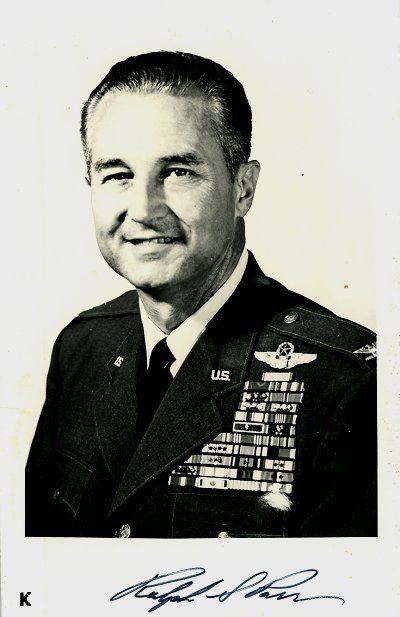
3RGK2015 Pacific Hero Col Ralph Parr FIXED
Early life
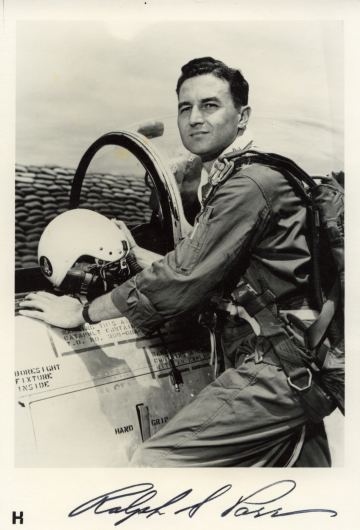
Parr was born in 1924, in Portsmouth, Virginia. His parents were Ralph Sherman Parr and May (Morrison) Parr.
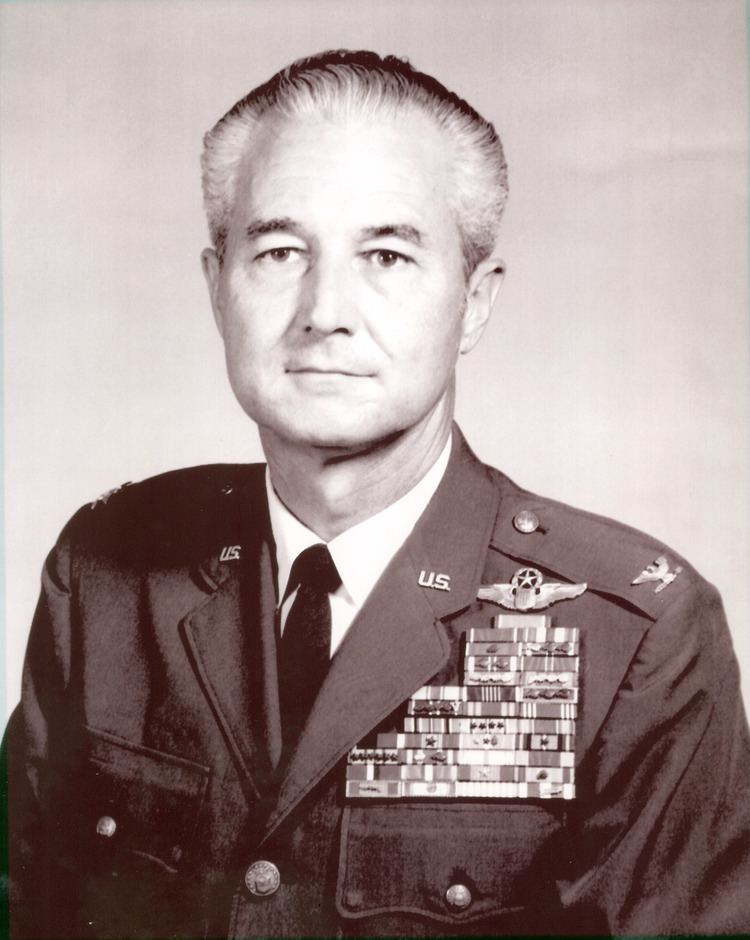
His father was a US Navy Commander who served in both World War I and World War II. One of his brothers was Warren Sherman Parr, a US Navy Rear Admiral. He enlisted in the U.S. Army Reserve on November 4, 1942, and he was accepted into the Aviation Cadet Program on February 2, 1943, earning his pilot wings and commission as a 2d Lt in the U.S. Army Air Forces at Maxwell Field on February 8, 1944.
World War II
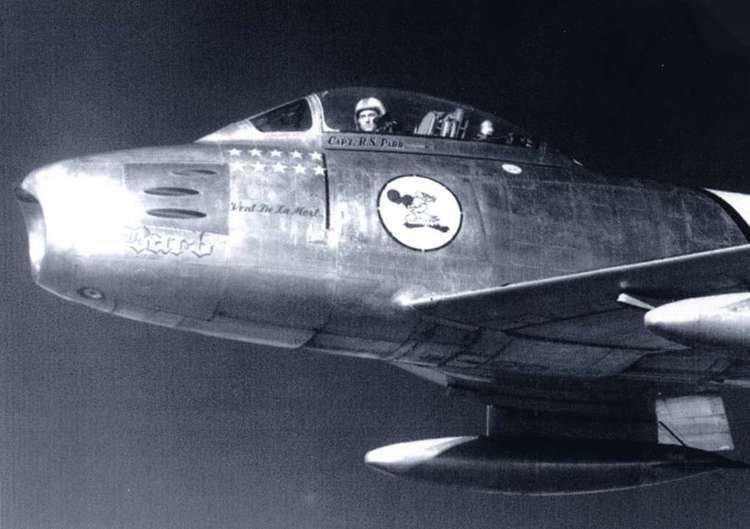
His first assignment was as an instructor pilot at Blytheville Air Field from February to September 1944, followed by P-38 Lightning transition training from October 1944 to April 1945.
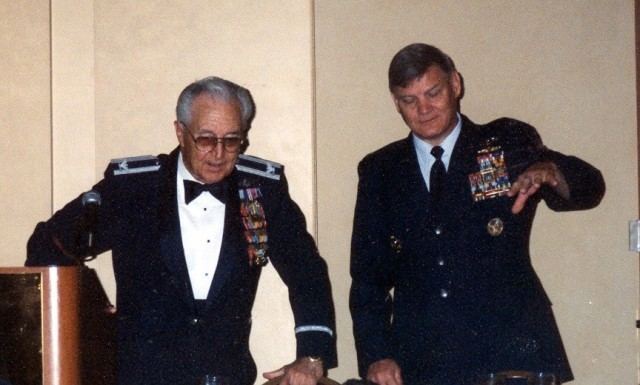
Parr served as a P-38 pilot in various bases in California from April to August 1945. He then flew Lockheed P-38 Lightnings in the Pacific during the last year of the Second World War and then served as a P-38 and then P-51 Mustang pilot with the 7th Fighter Squadron of the 49th Fighter Group on Okinawa and then in Japan from August to July 1946.
Post War
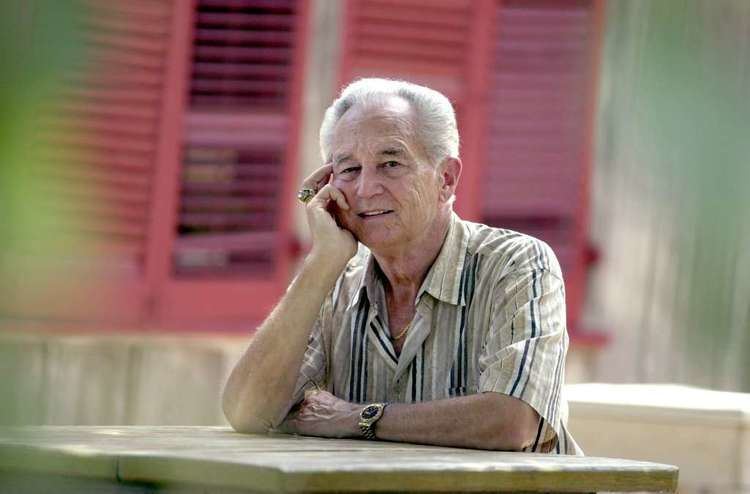
After returning to the U.S., he left active duty and joined the Air Force Reserve on September 3, 1946, but was recalled to active duty on February 9, 1948. After returning to active duty, Parr served as a P-51 and then F-84 Thunderjet pilot with the 60th Fighter Squadron at Walker Air Force Base and then at Otis Air Force Base from February 1948 to July 1950.
Korean War
During the Korean War, he served as an Lockheed F-80 Shooting Star pilot with the 7th Fighter Bomber Squadron at Furumaki Air Base and then deployed to Korea from July 1950 to May 1951, where he flew 165 combat missions and his experiences were beneficial as he helped to develop new combat tactics for fighting MiG-15s.
After returning to the United States, he served as a North American F-86 Sabre pilot with the 116th Fighter Interceptor Squadron at Geiger Field from June to August 1951, and with the 94th Fighter Interceptor Squadron at George Air Force Base from August 1951 to May 1953.
Parr returned to Korea as an F-86 pilot with the 335th Fighter Interceptor Squadron of the 4th Fighter Interceptor Wing from May to September 1953, managing to shoot down a total of ten enemy aircraft, all while flying F-86 Sabres, during the last 7 weeks of the war. On July 27, 1953, the day of the armistice, then Captain Parr scored the last aerial 'kill' of the Korean War by shooting down an unarmed Soviet Navy Ilyushin Il-12 transport aircraft. All 21 passengers including 3 medical staff were killed.
The Soviet Union filed a lawsuit against Parr in the International Court of Justice, although they later withdrew the suit, and shot down an RB-50 Superfortres over international waters two days later. None of the bomber’s crew ever returned, although most were presumed captured.
Post Korean War
After the Korean War, he then served with the 334th Fighter Interceptor Squadron in Korea from September 1953 to February 1954, followed by service as an F-86D Sabre Dog air defense pilot with the 4750th Air Defense Group at Vincent Air Force Base from February 1954 to July 1958.
Parr served as an Operations Staff Officer with the 73rd Air Defense Division at Tyndall Air Force Base, from July 1958 to October 1959, and then as an Operations Staff Officer with the Military Assistance and Advisory Group in the Netherlands from October 1959 to September 1962.
His next assignment was as an Operations Staff Officer with the 836th Air Division at MacDill Air Force Base from September 1962 to January 1963, followed by service as Operations Officer for the 4453rd Combat Crew Training Squadron at MacDill Air Force Base from February to December 1963.
Parr then served as Commander of the 4456th Combat Crew Training Squadron at MacDill Air Force Base from January to July 1964, and then as Operations Officer for the 4454th Combat Crew Training Squadron at Davis-Monthan Air Force Base from August 1964 to January 1965.
He served as Commander of the 4455th Combat Crew Training Squadron at Davis-Monthan Air Force Base from January 1965 to August 1966, and then attended Air War College at Maxwell Air Force Base from August 1966 to August 1967.
Vietnam War
Parr then served as Deputy Commander for Operations of the 12th Tactical Fighter Wing at Cam Ranh Bay Air Base at South Vietnam from September 1967 to August 1968. Parr served as a McDonnell Douglas F-4 Phantom II squadron commander. He flew the aircraft on two combat tours, including one in which he saw action supporting the Battle of Khe Sanh.
Parr the then served on the staff of the Military Personnel Group at Randolph Air Force Base from October 1968 to March 1970. His next assignment was as Vice Commander of the 12th Tactical Fighter Wing at Phù Cát Air Base from March to October 1970 and then as Commander of the 12th Tactical Fighter Wing from October 1970 to April 1971.
Post Vietnam War
Parr served on the staff at Headquarters U.S. Air Forces in Europe at Lindsey Air Station at West Germany, from April 1971 to August 1972, and then with the Military Assistance and Advisory Group to Iran from August 1972 to January 1974. His final assignment was as Director of Operations for the Tactical Air Warfare Center at Eglin Air Force Base on January 1974.
He continued to serve this assignment until he was medically retired from the Air Force on October 17, 1976, after a serious back injury from inspecting hurricane damage to a roof at Eglin Air Force Base, at the rank of Colonel. Parr had accumulated over 8,000 flying hours in fighters and flew 641 combat missions in three wars.
Later life
He was married to Margaret Parr for forty years. They have six step-children and 10 grand-children. He died on December 7, 2012 at an assisted living facility in New Braunfels, Texas. He was 88. He is buried with full military honors at Fort Sam Houston National Cemetery.
Awards and Decorations
Col. Parr is the only person ever awarded both the Distinguished Service Cross and the Air Force Cross
His personal awards are:
Air Force Cross citation
Parr, Ralph ShermanColonel, U.S Air Force12th Tactical Fighter Wing, Cam Ranh Bay Air BaseDate of Action: March 16, 1968Citation:The President of the United States of America, authorized by Title 10, Section 8742, United States Code, takes pleasure in presenting the Air Force Cross to Colonel Ralph Sherman Par, United States Air Force, for extraordinary heroism in military operations against an opposing force as an F-4C Phantom Aircraft Commander and Commanding Officer of the 12th Tactical Fighter Wing, Cam Ranh Bay Air Base, Vietnam, in action near Khe Sanh, Republic of Vietnam, on 16 March 1968. On that date, Colonel Parr participated in a flight providing cover for cargo aircraft. Upon arrival over the target, the forward air controller advised the flight that the airfield was under heavy attack by hostile mortar positions, which were located a few feet below a ridge line. Although the target area was covered with dense smoke and haze, Colonel Parr successfully destroyed one mortar position on his first pass, as six well-camouflaged heavy automatic weapons opened fire on him. Although sustaining severe damage to his aircraft, he pressed his second attack and destroyed another mortar position. Again, completely disregarding his personal safety and the withering hostile gun fire, Colonel Parr succeeded in destroying six heavy caliber automatic weapons positions. In between passes, his accurate and timely directions to his wingman effectively insured the accuracy of ordnance delivery in close proximity to the friendly forces. Only after delivering all of his ordnance at point-blank range in eight consecutive passes did Colonel Parr terminate his attack. By destroying these strategically located weapons, he not only impaired the hostile force's capability to impede the resupply of Khe Sanh, but also reduced further losses to friendly cargo aircraft and crews. Through his superb airmanship, aggressiveness, and extraordinary heroism, Colonel Parr reflected the highest credit upon himself and the United States Air Force.
Distinguished Service Cross citation
Parr, Ralph ShermanCaptain, U.S Air Force334th Fighter Interceptor Squadron, 4th Fighter Interceptor Wing, 5th Air ForceDate of Action: June 30, 1953Citation:The President of the United States of America, under the provisions of the Act of Congress approved July 9, 1918, takes pleasure in presenting the Distinguished Service Cross (Air Force) to Captain Ralph Sherman Parr, United States Air Force, for extraordinary heroism in connection with military operations against an armed enemy of the United Nations while serving as Pilot of an F-86 type aircraft of the 334th Fighter-Interceptor Squadron, 4th Fighter-Interceptor Wing, Fifth Air Force, in action against enemy forces in the Republic of Korea on 30 June 1953. On that date, while leading a formation of two F-86 type aircraft on a combat air patrol deep in enemy territory, Captain Parr was attacked by a formation of ten enemy MIGs. Exhibiting superb airmanship and extraordinary gallantry, Captain Parr positioned himself on the attackers. Despite the imminent threat from the hail of cannon fire from behind, Captain Parr selected his target, and with a long burst from his guns, destroyed one of the enemy MIGs. Against superior numbers of enemy aircraft, Captain Parr, although under a continual hail of enemy cannon fire, and with complete disregard for his personal safety, again valiantly counter-attacked another of the threatening aircraft. Utilizing extraordinary flying skill, Captain Parr tenaciously followed the enemy through a series of violent, evasive maneuvers until he gained the advantage and scored multiple hits on the MiG, causing it to burst into flame. While turning to move to surprise another of the enemy aircraft, Captain Parr broke off his attack to answer a call of distress from a friendly aircraft. Although dangerously low on fuel, Captain Parr, at great risk to his life, provided aggressive and determined protection for the distressed friendly aircraft, escorting it safely back to base. Captain Parr's keen flying skill in turning the tide of battle despite overwhelming odds and his high personal courage in protecting a fellow pilot evidenced conspicuous gallantry in action, and reflected great credit upon himself, the Far East Air Forces and the United States Air Force.
